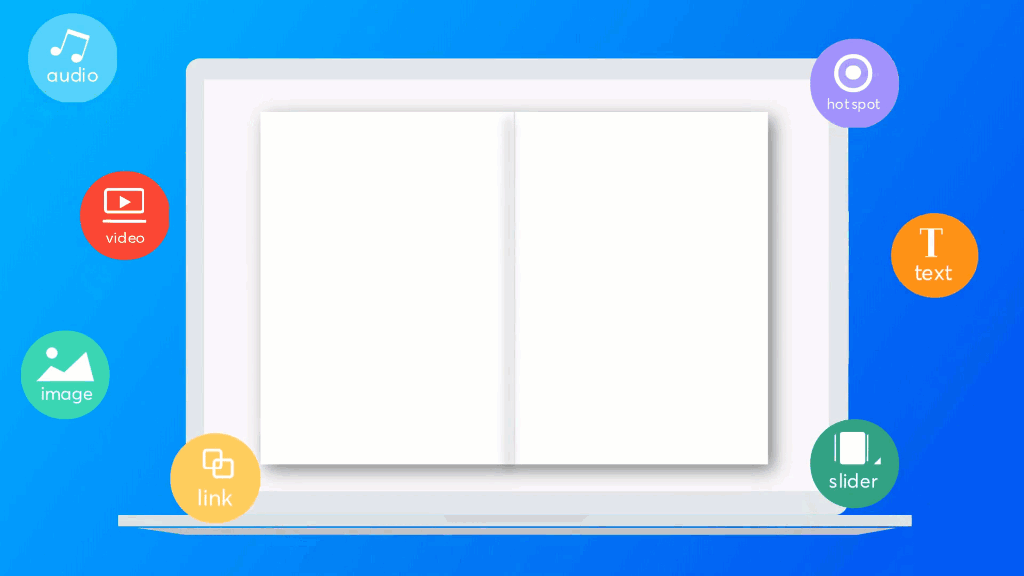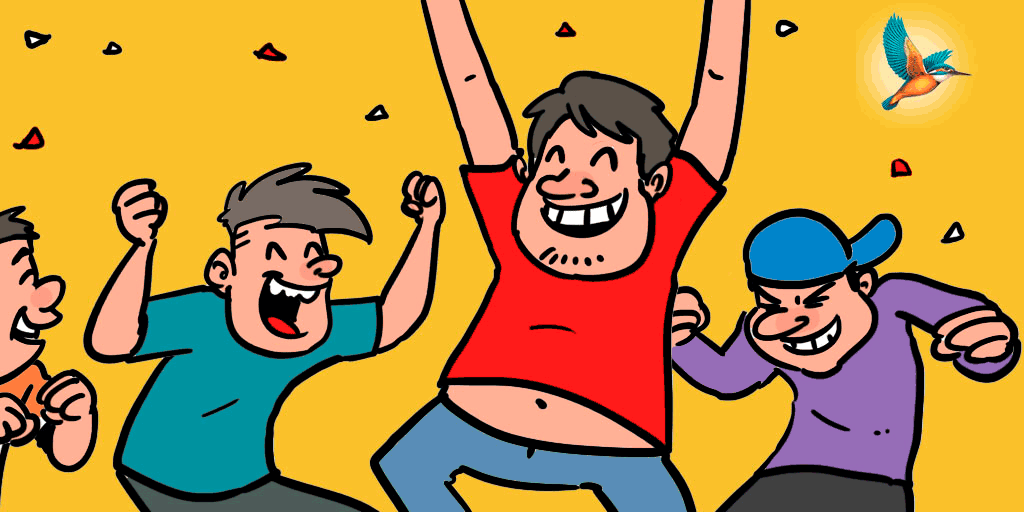Lorena Rivaldo/ MA TESOL Greensboro college
Language skills: Listening, speaking, reading, and writing
Grammar component: Simple Present Tense Review
Level: 6th-9th Intermediate level
This WebQuest is an excellent project to introduce different cultures in your classroom. With this activity, you will create a culturally inclusive environment where students feel safe and free to express who they are. In addition to this, this WebQuest uses language arts (Simple Present Tense), group work, along with social studies. Use this WebQuest to challenge your students as they learn about different cultures around the world.
- Ideas for Variations:
This activity was designed for ESL/EFL in 6th-9th grade at an intermediate level. However, you can also use this activity to learn about cultural differences if you only have English native speakers in your classroom. Nowadays, students face a lot of cultural differences when they meet foreign people or when they visit another country. Students can make their language learning effective by understanding other cultures.
- Students can create a trifold display board, organize a stand, and dress in their cultural attire to perform their presentations.
- You can involucrate the school community by inviting students' parents, other educators, the principal, etc.
- You can also incorporate other grammar topics, For instance, action verbs, adjectives, and idioms.
- Students can also create a video using the FLIP app or use the Loom website to record their presentations.
2. Differentiation
This activity was created for an Intermediate level. Here are some modifications that you can incorporate to support your students' needs.
Beginner level:
- Students will receive printed instruction material with the instructions to facilitate comprehension.
- They can also use their dictionaries to find ou unknown words or terminologies so they can understand the content.
- Students can have extra time to complete the project.
- They can work with partners that can support them with speaking and writing skills.
- Students can use graphic organizers, visuals, and charts to organize ideas and information.
- They can write five facts in their brochure instead of seven.
- The teacher will check for comprehension using questions that require one-word answers, props, and gestures. (Avoid “Do you understand?)
- Students can listen to audio recordings for instructions.
- Students can have extra time to review the Simple Present tense if they need it.
- Provide targeted instructions.
Advanced level:
- Students can add more facts.
- Students can incorporate other technological tools to create a video or design their brochure. (Padlet, Imovie, Canva, etc.)
- Students can create a Kahoot Game about the culture they researched or about the use of the Simple Present tense.
- Students can create a graphic glossary with new words they learned.
3. Cautions
- Keep groups small
- Make sure students have specific roles and that all of them are working.
- Actively build communication and conflict resolution skills.
- Designate time in the project schedule for the group to work on each task.
- Make sure students know how to use the digital tools with responsibility.
- Observe that all students are engaged and ask for feedback if need it.
4. Creative enhancements
- Students can use Google Slides or PowerPoint to create their own digital portfolios with the brochures shared by all the students.
- Students can continue learning about different cultures by attending cultural events or interviewing people from other cultures.
- Each group can create their own QuizIzz, Kahoot, or Blooket



